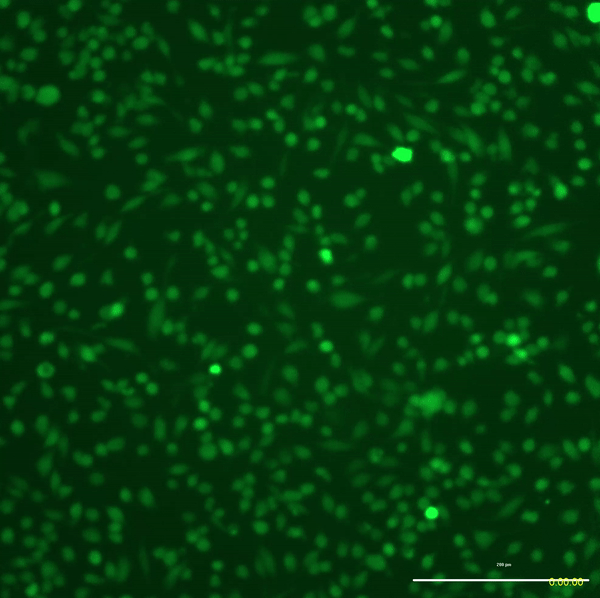
Meet The Hopp Lab
Microglia in Alzheimer's disease and other brain disorders
Microglia are the resident immune cells of the brain. Normally microglia support neurons and perform homeostatic functions in the central nervous system. However, during Alzheimer’s disease, microglia get overwhelmed, fail to perform their normal functions, and promote a neurotoxic environment. Microglia are also dysfunctional in many disorders. The goal of the Hopp Lab is to understand why microglia get overwhelmed and how to reverse their dysfunction during Alzheimer’s disease and other disorders. We use cell culture and transgenic mouse models to approach these problems.
Hopp Lab Team
The Hopp Lab is committed to diversity and equity in STEM education and is excited to mentor trainees at all levels in the lab. Sarah is affiliated with UT Health San Antonio's Integrated Biomedical Sciences Ph.D. program's subdisciplines in Neuroscience, Physiology & Pharmacology, and Biology of Aging as well as the South Texas Medical Scientist Training Program and Research Connect for UTHSA MD students. Undergraduate students should feel free to reach out to Sarah for current openings in the lab or apply to the UT Health SURF or SPUR programs. Postdoctoral applicants should also contact Sarah directly for potential openings.
Lab Projects
What we're currently working on

Cav1 calcium channels in Alzheimer's disease and other brain disorders
Chronic neuroinflammation induces calcium dysregulation via a variety of mechanisms which is thought to contribute to memory deficits and neurotoxicity. Our work so far has found that this dysregulation is reversible by chronic treatment with L-type calcium channel blockers which can also reverse memory deficits, reduce microglia activation, and alter amyloid pathology. However, it is unclear what cells these drugs targeting.
We are currently investigating L-type calcium channels, specifically Cav1.2 and Cav1.3, and their role in calcium dysregulation during Alzheimer's disease and other brain disorders using genetic and pharmacological manipulation.

Microglia interaction with tau pathology
Microglia are found near tau tangle-bearing neurons in Alzheimer’s disease brains. It has long been assumed that microglia associate with these pathological aggregates to facilitate clearance of these deposits, although since the lesions persist there is clearly a failure in this process. Our work so far has found that microglia from tangle-bearing mouse and human brains contain tau aggregates and these aggregates are capable of inducing tau misfolding in recipient cells. Furthermore, microglia can engulf tau but only partially reduce its ability to transmit aggregates. Overall this work demonstrates a dual role for microglia in tau pathology: one of beneficial clearance and another of contribution to pathology.
Our work currently aims to determine the mechanism by which microglia uptake tau and to identify what mechanism is dysfunctional in microglia degradation of tau to identify manipulations that can improve microglia-mediated tau degradation.

Microglial sialylation in aging and Alzheimer's disease
Terminal sialic acid carbohydrate groups on glycosylated aggregate-associated and microglia-associated proteins and lipids also can regulate molecular machinery involved in recognition, degradation, and neurotoxicity of plaques, tangles, and other neurodegenerative protein aggregates.
Our preliminary data suggest that plaque-associated microglia display distinct enhancement of sialylation that has not been observed previously. We are currently working to characterize the localization and function of these sialic acid residues on microglia function in aging and Alzheimer's pathology.








